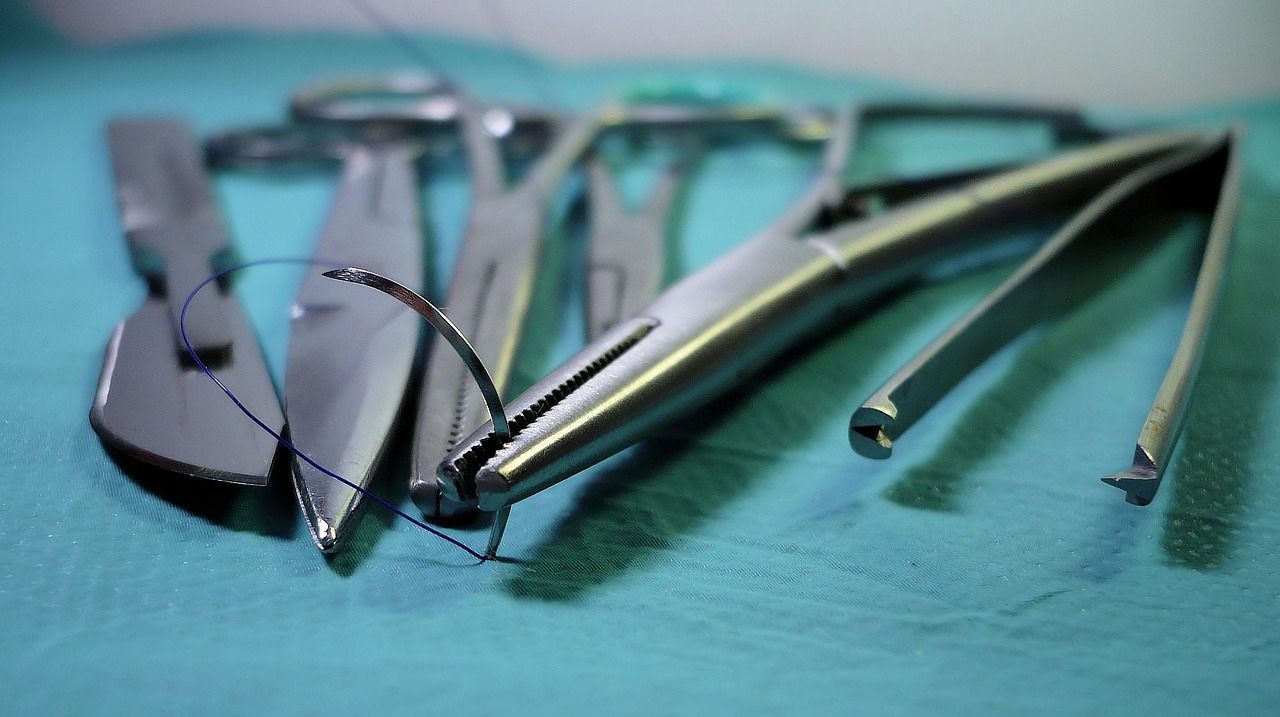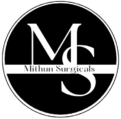
What is Needle Holder?
A needle holder is a surgical instrument used to hold and manipulate needles during medical procedures. It is an essential tool for doctors, nurses, and surgeons who perform surgeries or procedures that involve sutures. The needle holder has a locking mechanism that allows the user to control the needle’s position and helps to prevent injuries or accidental needle sticks.
Types of Needle Holders
There are different types of needle holders that vary in size, shape, and functionality. The most common types of needle holders are:
Mayo-Hegar Needle Holder:
This type of needle holder has a scissor-like design and is commonly used in general surgeries. It is longer and heavier than other needle holders, making it ideal for holding larger needles and sutures.
Olsen-Hegar Needle Holder:
This type of needle holder combines a needle holder and a scissor in one instrument. It has a cutting edge that allows the user to cut the suture without having to switch instruments.
Mathieu Needle Holder:
This type of needle holder has a slender design and is commonly used in delicate surgeries such as ophthalmology and plastic surgery. It has a locking mechanism that allows the user to control the needle’s position with precision.
Uses of Needle Holders
Needle holders are used in a variety of medical procedures that require suturing. Some common uses include:
Closing Incisions:
After a surgical incision is made, a needle holder is used to hold the needle and suture the wound.
Tissue Repair:
Needle holders are used to repair and reattach torn or damaged tissues.
Wound Closure:
Needle holders are used to close wounds after an injury or accident.
Benefits of Needle Holders
The use of needle holders provides several benefits for both the patient and the medical staff. These benefits include:
Precision and Control:
Needle holders provide the medical staff with precision and control during surgical procedures, which can help reduce the risk of injury and improve patient outcomes.
Improved Efficiency:
The use of needle holders can help medical staff work more efficiently by reducing the need to switch instruments during procedures.
Reduced Risk of Infection:
The use of needle holders can help reduce the risk of infection by preventing accidental needle sticks or injuries.
Conclusion
In summary, needle holders are an essential tool for medical staff who perform surgeries or procedures that require suturing. There are different types of needle holders available, each with unique features and functionality. The use of needle holders provides several benefits for both the patient and the medical staff, including precision and control, improved efficiency, and reduced risk of infection.
